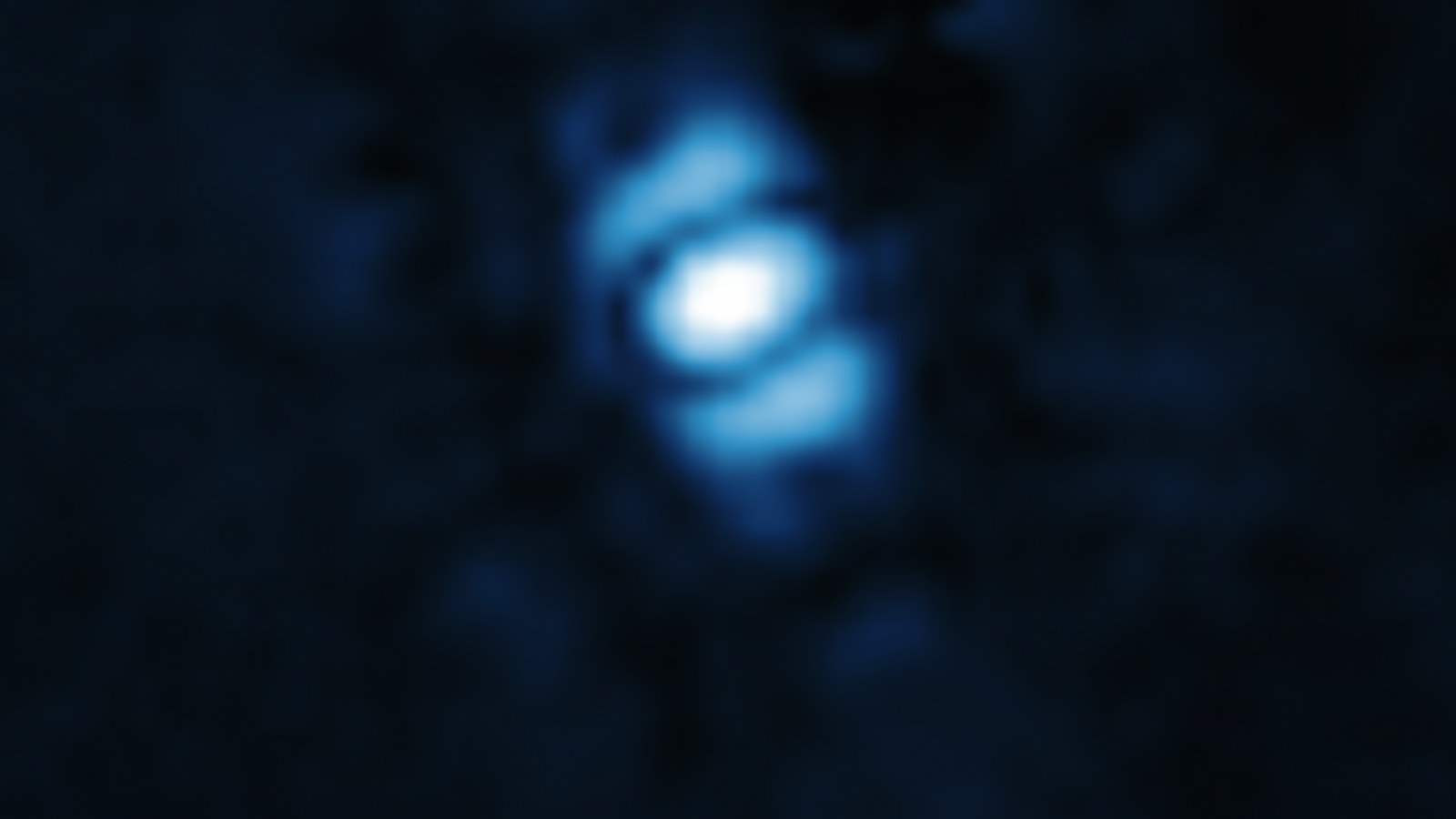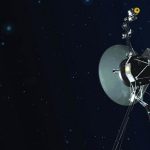NASA’s James Webb Space Telescope has taken its first image of a planet outside of our solar system.
The telescope recorded four different views of the planet HIP 65426 b, a gas giant about six to 12 times the mass of Jupiter.
“This is a transformative moment, not only for Webb but also for astronomy generally,” said Sasha Hinkley, associate professor of physics and astronomy at the University of Exeter.
Astronomers discovered HIP 65426 b in 2017 using the Southern Observatory’s Very Large Telescope in Chile.
But Webb’s images reveal new details that ground-based telescopes would not be able to detect due to the intrinsic infrared glow of Earth’s atmosphere.
It is a young exoplanet at around 15 to 20 million years old – Earth is 4.5 billion years old.
Taking direct images of exoplanets presents a challenge because stars are much brighter than their surrounding planets – HIP 65426 b is more than 10,000 times fainter than its host star in the near-infrared, and a few thousand times fainter in the mid-infrared.
Artemis 1: NASA moon launch postponed after hydrogen leak
Artemis set for launch – what you need to know about NASA’s mission to put humans back on the moon
James Webb telescope captures stunning images of Jupiter
Webb has a near-infrared camera (NIRCam) and mid-infrared instrument (MIRI), which are both equipped with coronagraphs – sets of tiny masks that block out starlight.
“It was really impressive how well the Webb coronagraphs worked to suppress the light of the host star,” Prof Hinkley said.
Since the planet is around 100 times further away from its host star than Earth is from the Sun, the telescope can easily separate it from the star in the image.
“Obtaining this image felt like digging for space treasure,” said Aarynn Carter, a postdoctoral researcher at the University of California, who led the analysis of the images.
“At first all I could see was light from the star, but with careful image processing I was able to remove that light and uncover the planet.”
Although this is not the first direct image of an exoplanet taken from space, as the Hubble Space Telescope has captured direct exoplanet images previously, the image points the way to future observations that will reveal more information about exoplanets.
“I think what’s most exciting is that we’ve only just begun,” Mr Carter said.
“There are many more images of exoplanets to come that will shape our overall understanding of their physics, chemistry, and formation. We may even discover previously unknown planets, too.”
Last month the telescope revealed stunning details of the Cartwheel Galaxy, and has previously observed a dying star and a “cosmic dance”.





















